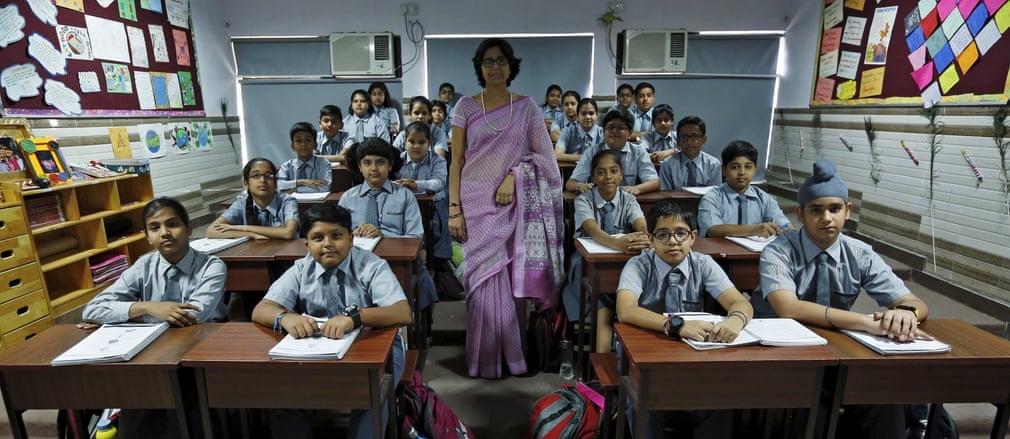India needs an extra 11, 16,846 teachers in schools, as per the current status of the student-to-teacher ratio, says the state of the education report released by the United Nations Educational, Scientific and Cultural Organization (UNESCO), on October 5, 2021, World Teachers’ Day.
The report aims at providing an overview of teaching as a profession in India, its challenges, and the current working conditions – all in the context of the COVID-19 pandemic and the National Education Policy, 2020, which significantly emphasises on improving the quality of teaching in the country. The report’s findings are based on an analysis of Periodic Labour Force Survey and the Unified District Information System For Education data and largely draws from the secondary literature available on the subject.
Additional requirement
According to the report, Uttar Pradesh requires an additional 3,20,000 teachers followed by Bihar which needs a total of 2,20,000 to meet the shortfall. Other states with teacher requirements include Jharkhand, Karnataka, Madhya Pradesh, Maharashtra and West Bengal.
Additionally, the estimated number of schools with vacancies at the country level stands at 3,01,166, as per the report. “States with vacancies higher than the national average include Bihar at 56.03%, Jharkhand at 39.98%, Uttar Pradesh at 32.66%, Delhi at 21.94% and so on,” says the report.
Demography
There is also a significant shortage of special and vocational education teachers, specifically in rural areas, standing at 16% and 34% respectively, and the number of women teachers is also comparatively less in rural locations. “In rural areas, 28% of primary school teachers are women versus 63% in urban areas.
“However, early childhood education teachers are predominantly women, and 88% of them are in rural areas. At the secondary school level, 24% of teachers in rural areas are women,” reads the report.
States and union territories, where over 70% of teachers are women, include Chandigarh, Delhi, Kerala, Punjab and Tamil Nadu, whereas, states with a low proportion of women teachers are Assam, Bihar, Jharkhand, Rajasthan and Tripura.
With regard to the representation of teachers coming from marginalised backgrounds, such as the SC, ST and the OBC, has improved; the overall proportions are comparable to their representation in the population. However, the representation, when it comes to vocational and special education training, is minimal, as per the report’s findings.
Basic amenities
While access to basic amenities in schools has improved, according to the report, there exists a wide chasm between states, as well as between rural and urban areas. Specifically, the amenities and classroom conditions in Northeastern states are comparatively poorer than in other states.
“Four states in the north-east have much lower provisioning [drinking water and toilets], with Arunachal Pradesh at 52%, Meghalaya at 34%, Nagaland at 59% and Tripura at 73%,” says the report.
The COVID-19 pandemic has made the technical know-how of digital devices imperative, however, due to the poor internet connectivity in various regions in the country, teachers have had to use hybrid teaching methods in their respective classrooms, the report concludes. “Access to the internet in schools is 19 per cent all over India – only 14% in rural areas compared to 42% in urban areas,” says the report.
A lot of private school educators and early childhood education teachers work without contract, at low salaries without any benefits such as health coverage and maternity leave, the report highlights.
“73% of special educators employed in private schools work with no contract, and draw an average monthly salary of 3,148 Indian rupees (INR); the remaining 27% who have longer contracts, draw an average monthly salary of INR 4,000. While 95% teachers report themselves as employed and salaried (as opposed to being tutors or self-employed), only 45% teachers overall report having contracts of three years or more. 42% teachers report having no contracts, and 8% have contracts spanning between one and two years.”
Based on these findings, the report makes ten recommendations that aim at plugging the many loopholes in the teaching profession. They include increasing the number of teachers, improving the terms of employment, recognising teachers as frontline workers, valuing the professional autonomy of teachers, providing teachers with ICT training and so on and so forth.
Featured image credit: Reuters/Adnan Abidi

